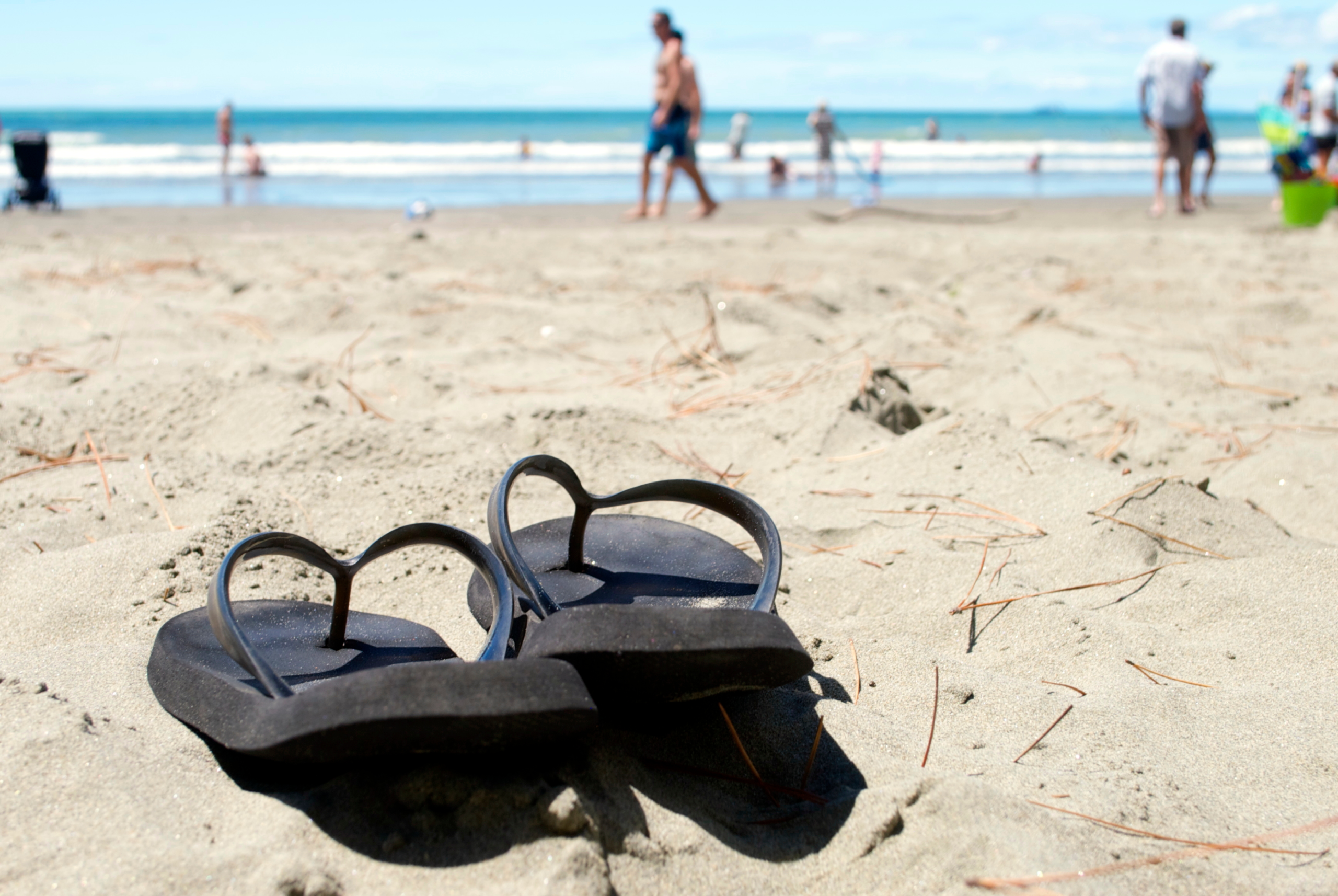Dr Andrew Logan, Medical Director at the Wellington Eye Centre, has been at the forefront of new developments in ophthalmology in New Zealand for over twenty years.
He has an unequalled record for introducing and pioneering new technology and procedures in New Zealand and Australasia.
Dr Logan has had many achievements in the field of laser eye surgery
Starting when he opened the Wellington Eye Centre in 1994, to having the latest in diagnostic and laser technology installed today.
Wellington Eye Centre was the second laser eye surgery clinic in New Zealand
Dr Logan opened the doors of the Wellington Eye Centre as the second laser eye surgery clinic in New Zealand in 1994. The Wellington Eye Centre has been operating in the heart of Wellington since then. At the time there was only one other clinic in Auckland and they were both performing PRK procedures. Since then, Dr Logan has proceeded to stay at the forefront of laser eye surgery techniques and technology.
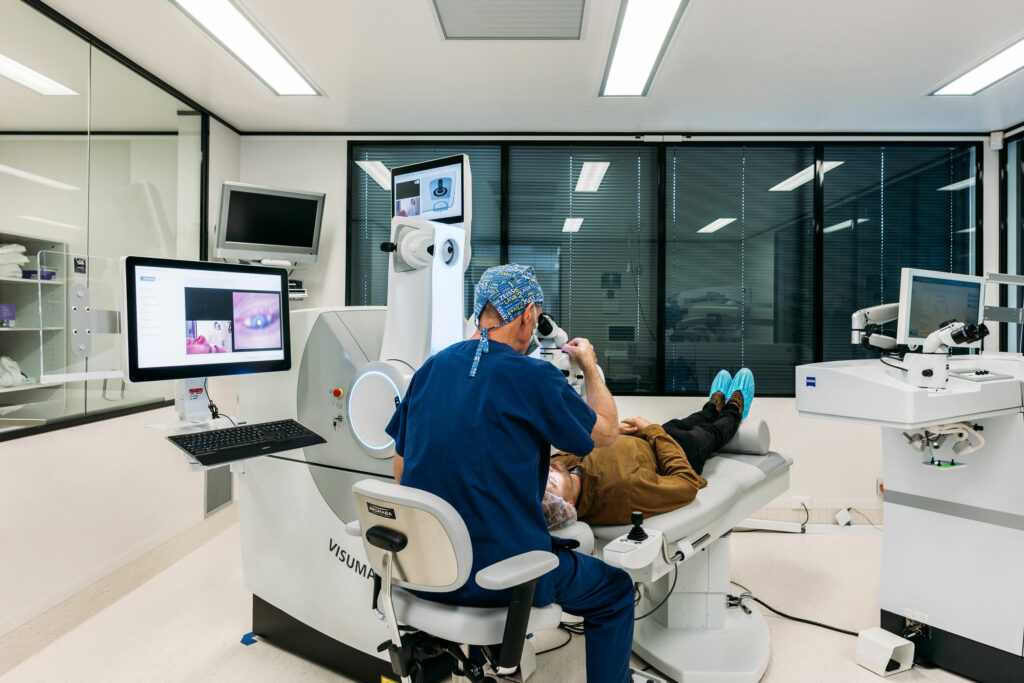
Dr Logan was the first eye surgeon to perform LASIK in New Zealand
In 1996 he became the first eye surgeon to perform LASIK in New Zealand. The early variations of LASIK were done slightly differently from the LASIK we know now. A mechanical microkeratome blade was used instead of a laser to create the corneal flap.
First New Zealand eye surgeon to have LASIK carried out on himself, in 1997
After wearing glasses for most of his life and seeing the benefits of laser eye surgery he decided to have laser eye surgery himself. As he wasn’t able to perform LASIK on himself, Dr Logan travelled to Australia to have laser eye surgery performed on himself. Over 25 years later he still doesn’t need glasses!
First to acquire and use the VisuMax® 500 femtosecond laser in 2009 in New Zealand
The introduction of the VisuMax 500 femtosecond laser was a leap forward in technology for LASIK eye surgery. It was able to create the hinged corneal flap with more precision, less pain and a faster recovery than using a microkeratome blade. This is called Femto-LASIK and is still the most common laser eye surgery procedure performed worldwide.
Introduced SMILE® laser eye surgery to New Zealand as the first surgeon to perform it here
Following the introduction of the femtosecond laser into laser eye surgery procedures a new procedure was developed – Small Incision Lenticule Extraction (SMILE). This is performed using only the femtosecond laser. It is a keyhole surgery allowing for a faster healing time and lower infection risk.
Most recently, the first New Zealand eye surgeon to acquire and use the VISUMAX® 800 femtosecond laser
The VISUMAX 800 is the latest in laser technology from Carl Zeiss Meditec. This laser comes with a number of improvements and advantages from the previous VisuMax 500, but we think the biggest advantage to our patients is the speed!
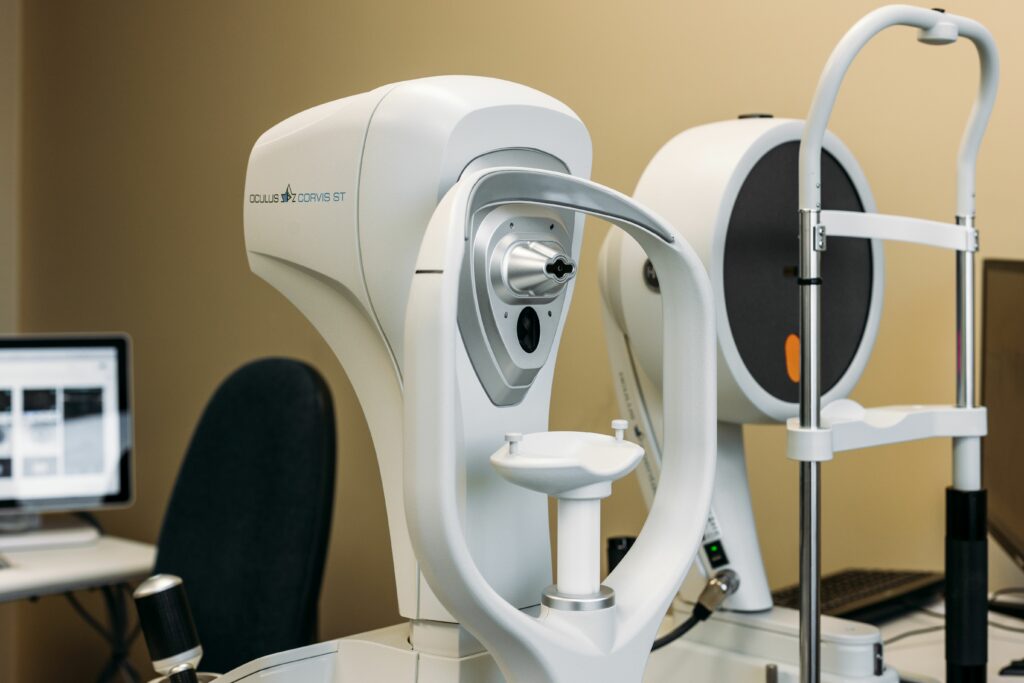
First New Zealand eye surgeon to acquire and use the Pentacam corneal tomographer and the Corvis device in a private eye clinic
At the Wellington Eye Centre, we also pride ourselves on the diagnostic tests we perform pre- and post-surgically. We want to ensure the well-being of our patients and reduce any possible risk as much as possible. For this reason, Dr Logan has also been a pioneer in diagnostic equipment.
The Wellington Eye Centre was the first private clinic to acquire and use the Pentacam corneal tomographer, a vital diagnostic tool in assessing corneal suitability for laser eye surgery. More recently Dr Logan was also the first New Zealand eye surgeon to acquire and use the Corvis device, a diagnostic tool for measurement of corneal biomechanical properties. Following the introduction of both of these has allowed us to use the AcuSimX software to predict the pre-operative and post-operative strength of the cornea following laser eye surgery, and therefore the risk of developing postoperative ectasia.
Dr Logan’s achievements aren’t all about laser eye surgery though!
So far we’ve talked about a number of new techniques and technology Dr Logan’s been at the forefront of in regards to laser eye surgery. But with over 40 years of experience in Ophthalmology, his achievements span a variety of other areas and techniques. Another focus throughout his career so far has been treating those with keratoconus and other corneal diseases. As corneal diseases are a leading cause of blindness worldwide, you can imagine it’s a rather vast field of Ophthalmology resulting in a number of treatment options.
Dr Logan was the first New Zealand eye surgeon to perform a number of advanced corneal graft techniques
A corneal graft is used to treat end-stage corneal diseases where the cornea has become so damaged that patients are no longer able to see through it. Depending on the condition of the cornea there are different types of graft surgery. The first human corneal transplant was performed in 1905, a bit before Dr Logan’s time, but he has had some firsts in later corneal graft procedures.
First New Zealand eye surgeon to perform Femtosecond laser-assisted anterior lamellar keratoplasty
Anterior lamellar keratoplasty (ALK) is a corneal transplant used to treat corneal diseases that don’t affect the full thickness of the cornea. This decreases the risk of immunological rejection compared to a full-thickness corneal transplant. Previously this was done manually, or semi-mechanised with an automated microkeratome. The use of a femtosecond laser (Fs-ALK) in part of the procedure has been shown to result in better vision postoperatively[1], with a lower risk of complications during the procedure[2] and faster healing[3].
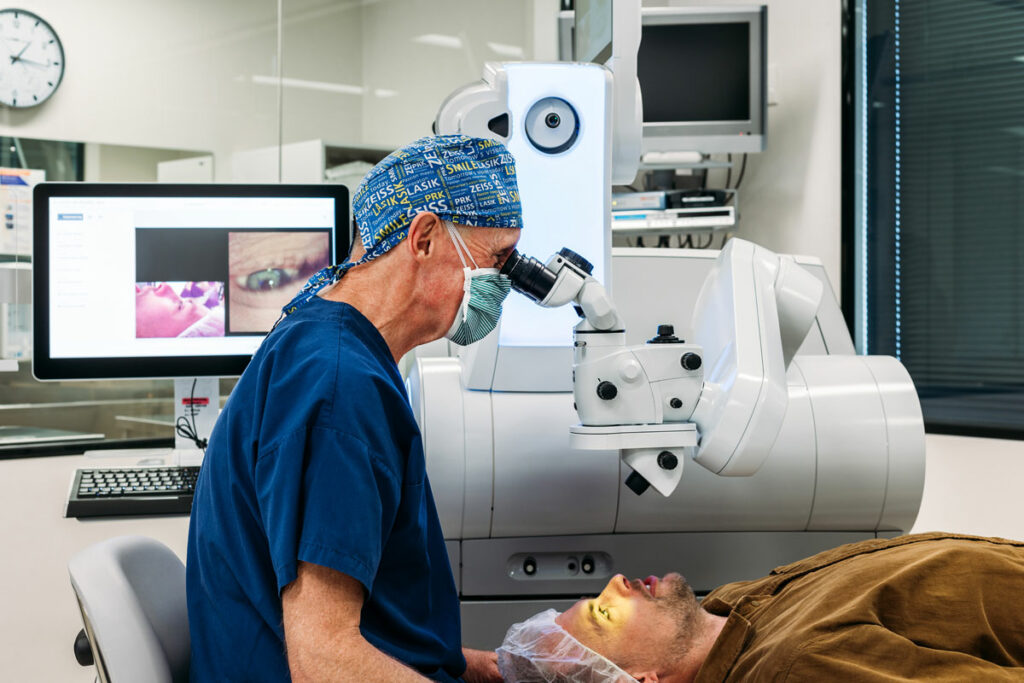
First eye surgeon in Australasia to perform DSAEK endothelial keratoplasty
Unlike the Fs-ALK surgery discussed above, this procedure involves the selective removal of the inner layers of the cornea. Compared to older ways of performing corneal grafts, Descemet Stripping Automated Endothelial Keratoplasty (DSAEK) has the advantage of relatively rapid healing time and faster visual rehabilitation [4].
First eye surgeon in Australasia to perform KPro artificial cornea implantation
Unfortunately, corneal grafts often fail or don’t produce adequate vision. With corneal disease being responsible for 12% of global blindness the need for donor tissue far exceeds the supply of donor corneas [5]. The introduction of artificial corneal implantation is for those who traditional grafts are no longer a viable option for them. KPro surgery can give better vision to some patients who are otherwise unable to have a corneal transplant.
First New Zealand eye surgeon to use Tisseel tissue adhesive in eye surgery
Tisseel is a semisynthetic “glue” made from human blood serum. It has been widely used in cardiac surgery, neurosurgery and abdominal surgery for many years. Its’ use in eye surgery is much more recent, and it was first used in eye surgery in New Zealand by Dr Logan for pterygium surgery. It is now considered the standard of care in pterygium surgery.
Dr Logan was also the first to introduce other, less invasive treatments, to New Zealand
Keratoconus is a condition which affects the shape of the cornea and causes weakness. It is relatively common in New Zealand and is the most common reason for a corneal graft. However, there are other treatments available earlier to try and prevent the need for a graft.
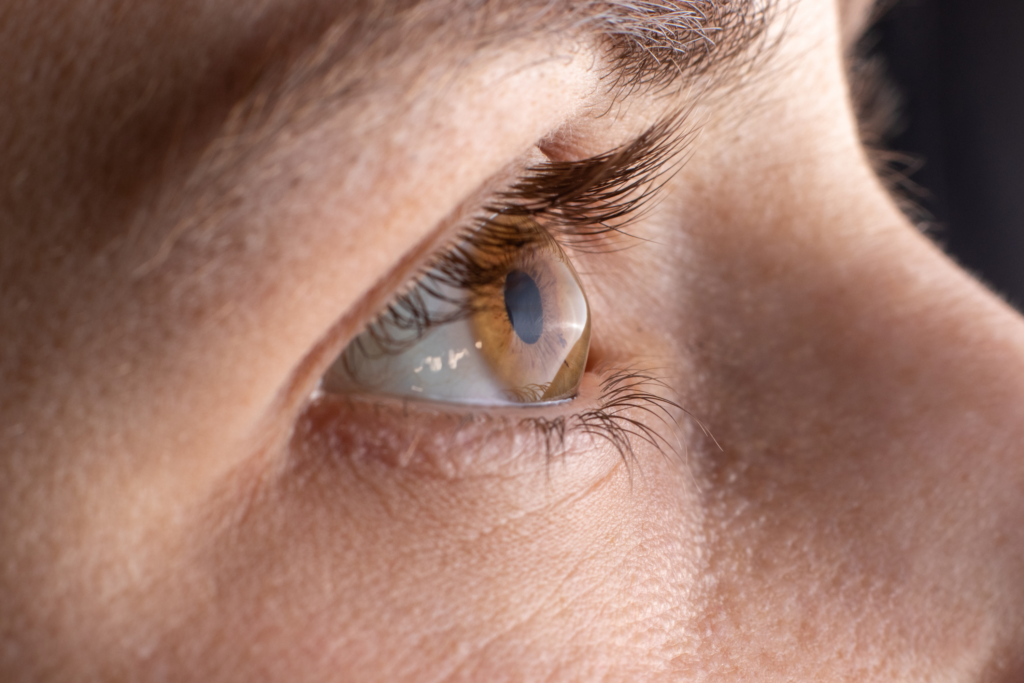
First New Zealand eye surgeon to perform corneal collagen cross-linking
Corneal collagen cross-linking involves applying a B-vitamin solution to the cornea and then exposing the cornea to UV light. This causes the formation of collagen cross-links (chemical bonds) in the middle (stroma) of the cornea to strengthen the cornea and halt the progression of the keratoconus.
First New Zealand eye surgeon to use intracorneal ring segments for treatment of keratoconus
Some people with keratoconus may be suitable for another procedure called intracorneal ring insertion, using tiny Perspex devices called Kerarings. Kerarings are inserted into the cornea to flatten the cornea and improve the patient’s vision.
If you are interested in finding out more about laser eye surgery and whether you might be suitable then book a free assessment today! You can also call us on 0800 733 327.
SMILE®and VISUMAX® are registered trademarks of Carl Zeiss Meditec.
References
- Lu, Y., Yang, L., Ge, Y., Chen, X., & Huang, Z. (2015). Femtosecond laser-assisted anterior lamellar keratoplasty for the treatment of stromal corneal pathology. BMC Ophthalmology, 15(1). doi: https://doi.org/10.1186/s12886-015-0009-z
- Gadhvi, A., Romano, V., Cueto, L., Aiello, A., Day, A., Gore, D., Allan, B. (202). Femtosecond Laser–Assisted Deep Anterior Lamellar Keratoplasty for Keratoconus: Multi-surgeon Results. American Journal of Ophthamology, 220(191-202). doi: https://doi.org/10.1016/j.ajo.2020.07.023
- Alio, J., Abdelghany, A., Barraquer, R., Hammouda, L., & Sabry, A. (2015). Femtosecond Laser Assisted Deep Anterior Lamellar Keratoplasty Outcomes and Healing Patterns Compared to Manual Technique. Biomed Research International, 2015, 1-6. doi: https://doi.org/10.1155/2015/397891
- Descemet Stripping Automated Endothelial Keratoplasty (DSAEK). (2023). Retrieved 28 June 2023, from https://webeye.ophth.uiowa.edu/eyeforum/tutorials/cornea-transplant-intro/4-DSAEK.htm
- Fu, L., & Hollick, E. J. (n.d.). Artificial cornea transplantation. U.S. National Library of Medicine. https://pubmed.ncbi.nlm.nih.gov/33760451/
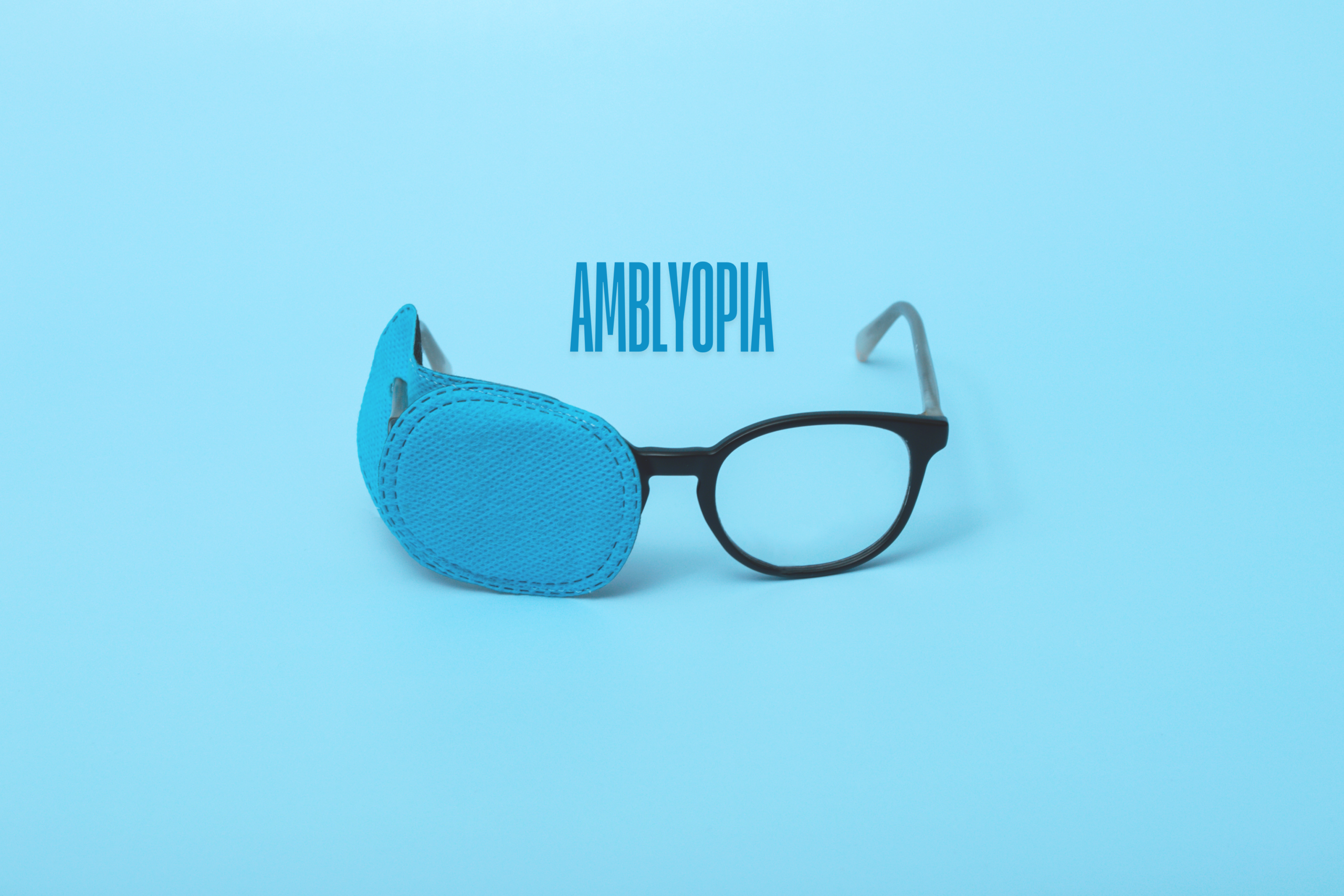
Amblyopia and Laser Eye Surgery

What are the visual requirements to join the Police in NZ?
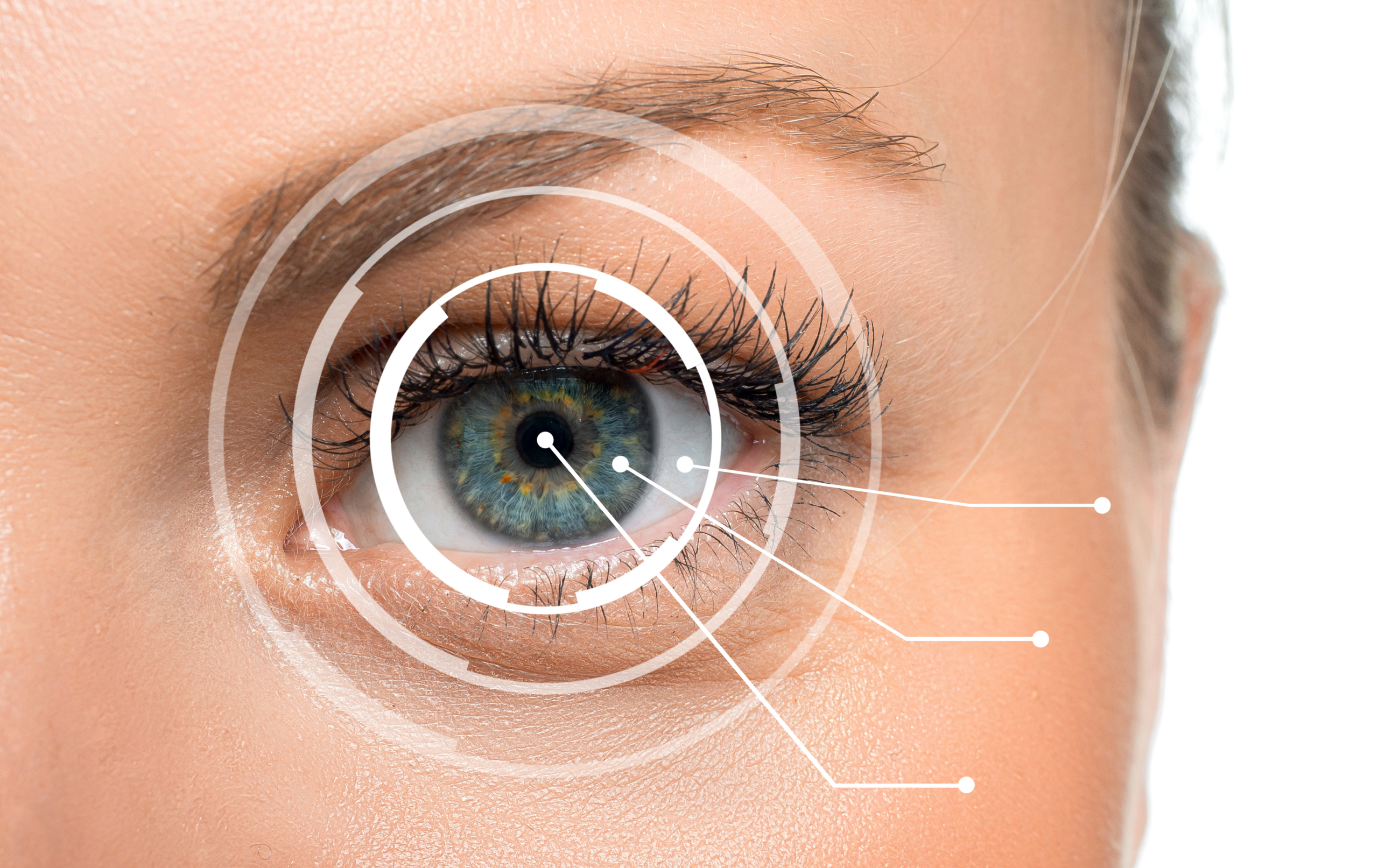
What Can Go Wrong During Your Laser Eye Surgery?

What are the visual requirements for flying, set by the Civil Aviation Authority?
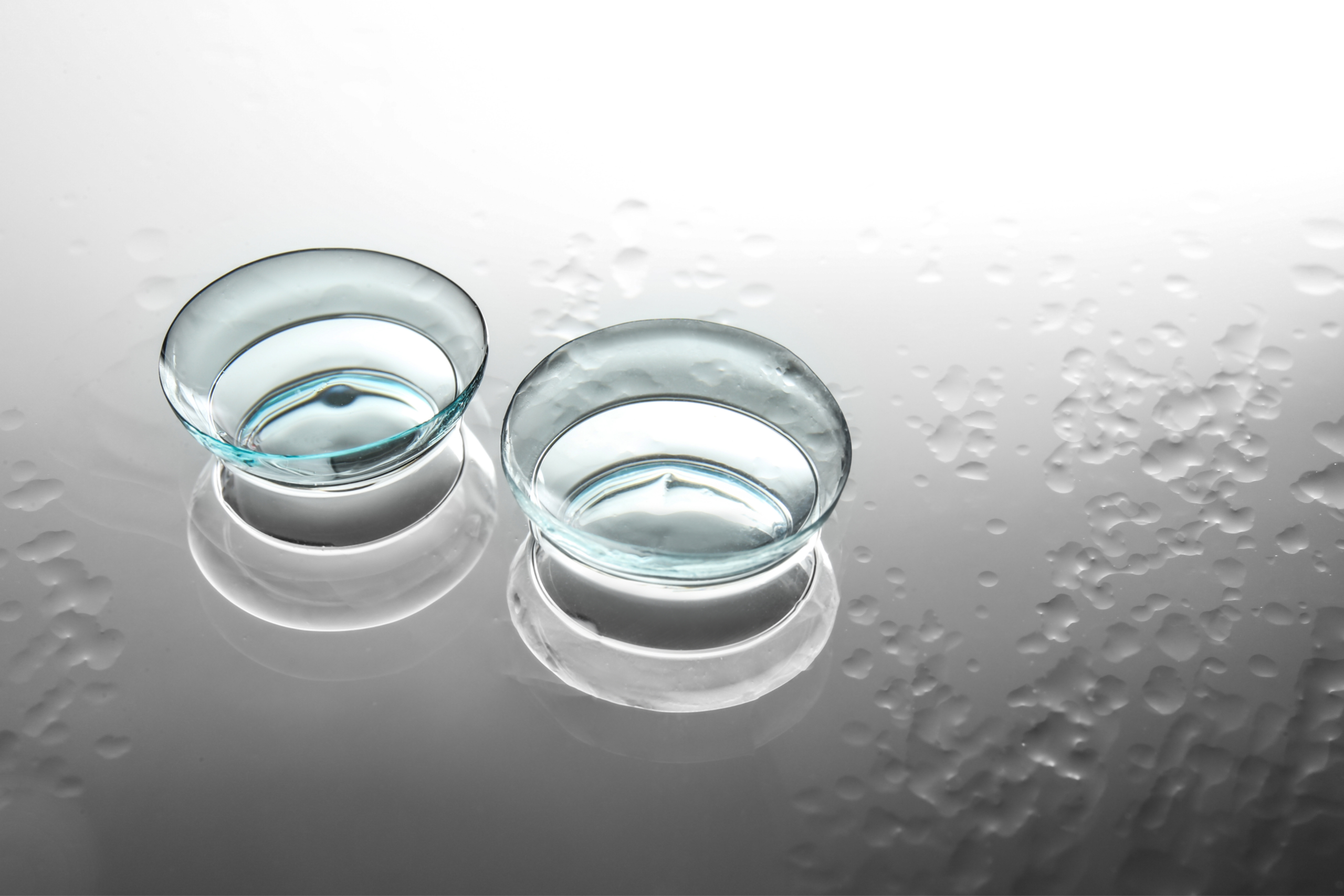
What happens when your vision after laser vision correction surgery is not what you expected?

Common Medications Used in Laser Eye Surgery

Amblyopia and Laser Eye Surgery
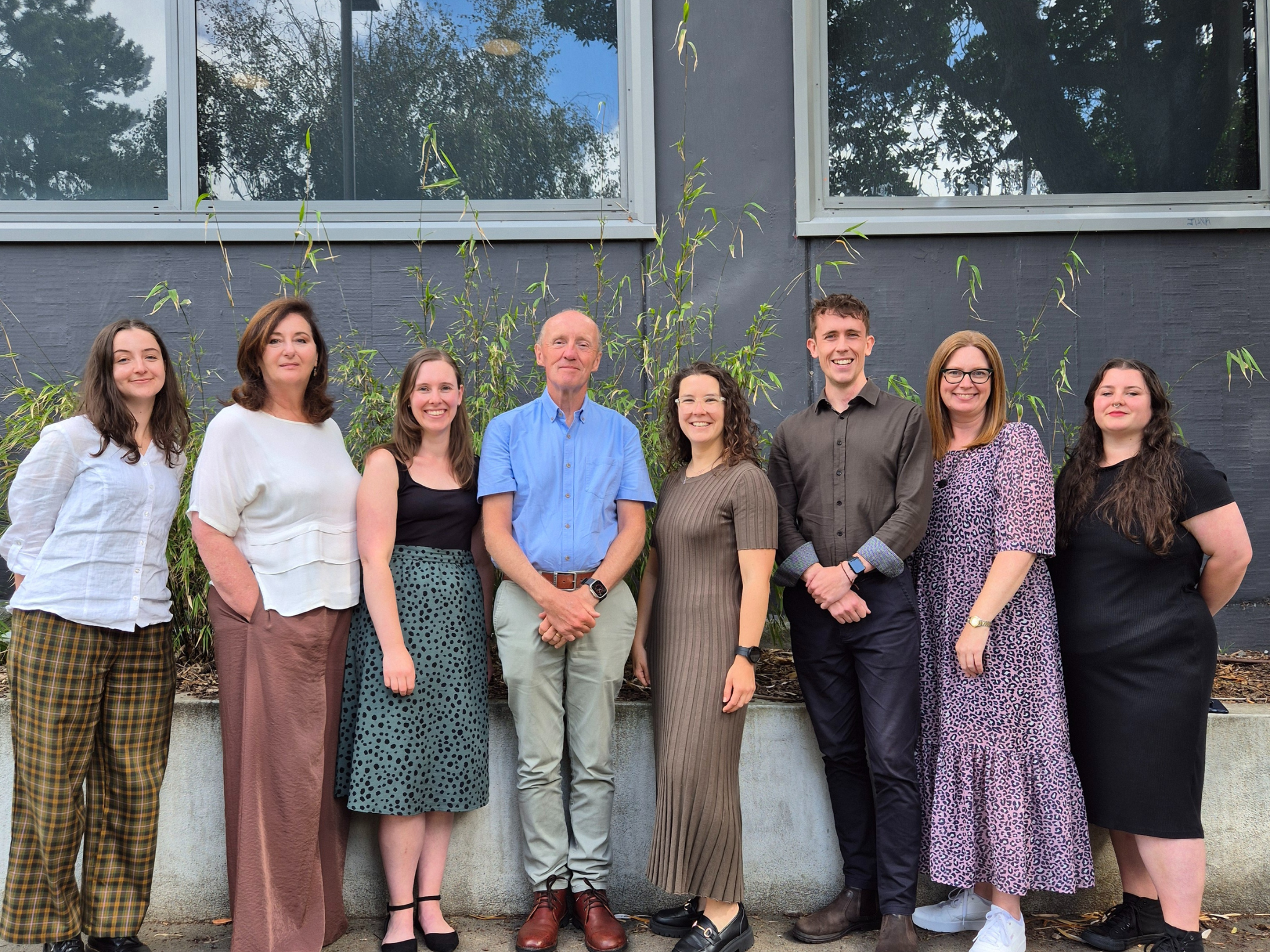
Meet The Team at the Wellington Eye Centre

How Much Does Laser Eye Surgery Cost in 2025?
